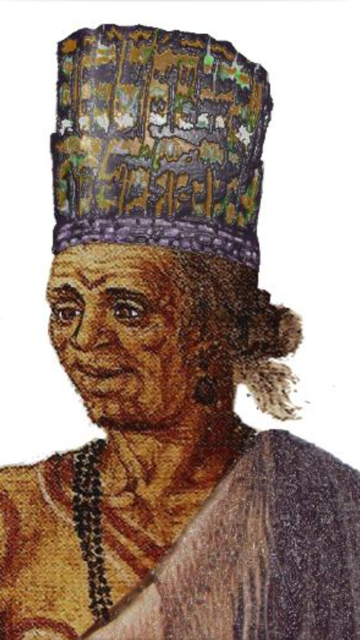First Africans in English America
continued…..Unveiling the First Africans in English America
Next, we must explore the men who owned and captained the three intersecting ships on that fateful day.
The San Juan Bautista was captained by the Don Manuel Mendez de Acuna. Known to be of the powerful Acuna family to which Don Diego Sarmiento de Acuna, the Count of Gondomar also belonged.
The Treasurer’s ownership was shared between the powerful Earl of Warwick, Robert Rich II and the current Governor of Jamestown, Samuel Argall. In early 1618, Captain Daniel Elfrith was hired once again by Warwick to Captain the Treasurer. Elfrith, an active and known privateer in the West Indies as early as 1607, had captained the Treasurer before. Elfrith and the Treasurer left England in late April or early May 1618 and arrived in the Settlement of Virginia just as the Neptune, carrying Lord Del la Warre to retrieve Argall back to England was making its way into the mouth of the James River. Questions of foul play arose quickly. The Neptune’s Brewster accused the Treasurer of foul play and bad air. Lord Del la Warre, Sir Thomas West was dead. Governor Argall would in turn order his Treasurer, Elfrith and crew to the West Indies, to plunder what they may with the marque of Charles Emmanuel I, a commission Rich obtained from Count Sarnafissi, Emmanuel’s ambassador to England.
The White Lion was owned and captained by the Reverend John Colyn Jope, a Calvinist Minister from Merrifield in Cornwall England, just miles northwest of Plymouth. In 1619 on the captain’s maiden voyage, Jope would leave his wife, the well-connected Mary Glanville and the Port of Plymouth, heading for the West Indies with a Dutch Marque, a commission acquired through Prince Maurice.
The Bautista’s Cargo
In early 1619, the Kingdom of Ndongo in the Central Mountains of Angola, under siege by the Portuguese Governor Luis Mendes de Vasconcellos, is ransacked and men, women, and children are enslaved and marched to the Port of Luanda to be transported to the silver mines of Mexico.
Of the six slave ships leaving the port of Luanda in the summer of 1619 for the Port of Vera Cruz, only one would report a raid by English pirates. The San Juan Bautista, captained by the Don Manuel Mendez de Acuna.
Just weeks later in mid August 1619 the White Lion arrives with “twenty and odd” Africans. The Captain, carrying a Dutch marque, claims he took them from a floundering Spanish warship.
Documents recently discovered by Historian John Thornton determines they were the Northern Mbundu people who spoke Bantu, from the Kingdom of Ndongo. Only one other possibility exists. There was a report of some Portuguese Christian porters who accidently became caught up in the Imbangala’s slave march to the Port of Luanda, their port of origin and point of sale.
Of the three hundred fifty sold to the Bautista’s Captain Acuna there would only be “twenty and odd” blessed souls to make it to Englands’ young settlement of Virginia. Will the “twenty and odd” continue to be slaves as they were when they left Africa? Or do they find their freedom? Could God’s hand have been involved? Over the centuries many have said “God must have been involved.”























